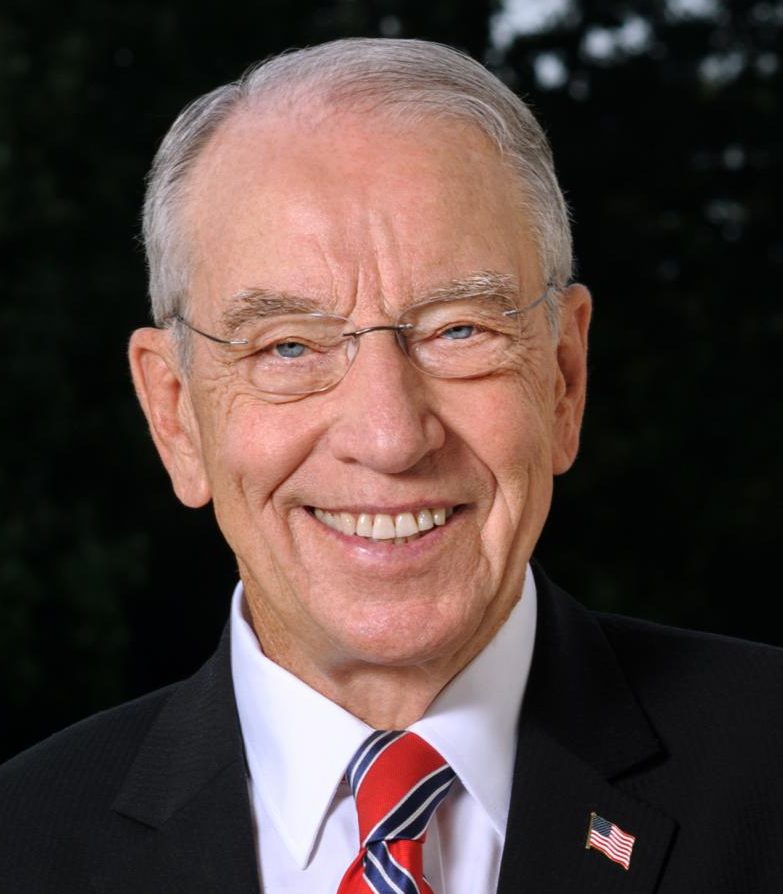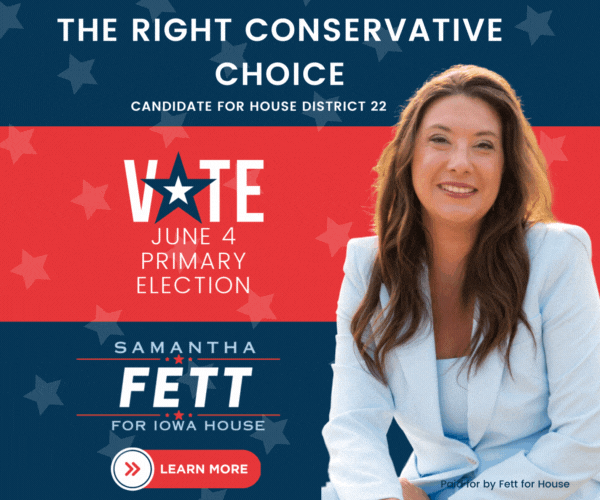Q: Is there end in sight to rising inflation?
A: Iowans keep getting slammed at the gas pump and when they check out at the grocery store. Inflation is climbing, pushing up prices on everyday goods and services with price increases for food, housing and energy swallowing up consumer purchasing power. According to the U.S. Department of Labor, the Consumer Price Index (CPI) rose 5.4 percent in September from the year prior. That’s at a 13-year peak that hasn’t been reached since 2008. Gas prices have reached a seven-year high and grocery prices are surging, led by rising meat prices. Beef prices are up 17.6 percent over the last 12 months. On that particular issue, I’m working to improve the cattle markets because the independent cattle producer and consumers are getting squeezed on the margins. The federal spending spree is part of the inflation problem. In March, the partisan $2 trillion spending package chased $4 trillion already in the pandemic relief pipeline, pouring gasoline on the fires of inflation. As the economy is rebounding from the pandemic, now’s the time to tap the brakes on stimulus spending to prevent the economy from overheating. As the labor force participation rate drops and more workers are voluntarily quitting, there’s clear and present danger for stagflation to rear its head. Americans who lived through soaring inflation and painful energy prices during the Carter administration are feeling a bit of déjà vu that we can’t afford to repeat. Biden’s economy is not building back better. It’s taking us back to high prices, high taxes and high inflation. Farmland prices are setting records in Iowa, as well. Families, workers and beginning farmers are paying the price for these inflationary prices. While inflation may artificially juice stock prices on Wall Street, inflation is a particularly regressive tax that hurts most those who can afford it least, low-income and working families. It would be “fiscal insanity,” in the words of Sen. Joe Manchin of West Virginia to unleash Uncle Sam’s fire hose on the fires of inflation with trillions of dollars in massive new spending for massive new government programs.
Q: What’s the outlook for energy prices over the winter months?
A: The forecast looks bleak as we approach the winter solstice. Rising energy prices across the board will reverberate across the economy. It doesn’t help when the Biden administration shuts down energy pipelines, bans production on public lands and signals to U.S. oil and gas producers that their would-be investments might be for naught in the Green New Deal agenda. U.S. oil prices rose above $80 a barrel for the first time in seven years. That impacts manufacturing, processing and shipping that push prices up for end users. Higher oil prices translates to higher gas prices for consumers, and Americans are paying over $1 per gallon more than this time last year. This is happening at the same time President Biden has forgotten his campaign promises to support biofuels. Recent press reports show despite biofuels being better for the environment than gasoline and lowering the cost at the pump, the Biden administration will cut required blend levels for biofuels.
Consumers will get pinched at the pump and with their utility bills. According to the Energy Information Administration, nearly half of U.S. households warming their homes with natural gas can expect big time sticker shock. Iowa’s largest power provider recently told its customers to expect to receive larger monthly heating bills this winter due to higher market prices for natural gas. Residential customers can expect their heating bills to increase between 46 percent to 96 percent over last year. Before the first Arctic blast hits the Heartland, I encourage Iowa households to check your home for energy efficiency and take steps to weatherize it. Experts say simple steps can help prevent the air consumers are paying to heat from escaping, by covering windows with plastic or using draft pillows to block spaces under doors. Don’t skip heating and cooling system checks-ups. Making sure everything is operating efficiently can keep money in your pocket with energy savings. Lower-income homeowners and renters whose income is at or below 200 percent of federal poverty guidelines may receive assistance through the Low Income Home Energy Assistance Program (LIHEAP). For 40 years, this federal program has helped lower income families with residential energy bills, weatherization and energy crises. Last year, approximately 74,600 Iowa households received LIHEAP assistance, with the average payment of $455 per household. Applications will be accepted between November 1 to April 1. Households with a member age 60 or older, or those who are disabled, may apply in October. To apply for assistance, contact your local community action agencies located in each county. Or, write to LIHEAP, Iowa Department of Human Rights, Division of Community Action Agencies, Lucas State Office Bldg., Des Moines, IA 50319. Telephone: (515) 281-3861.
















